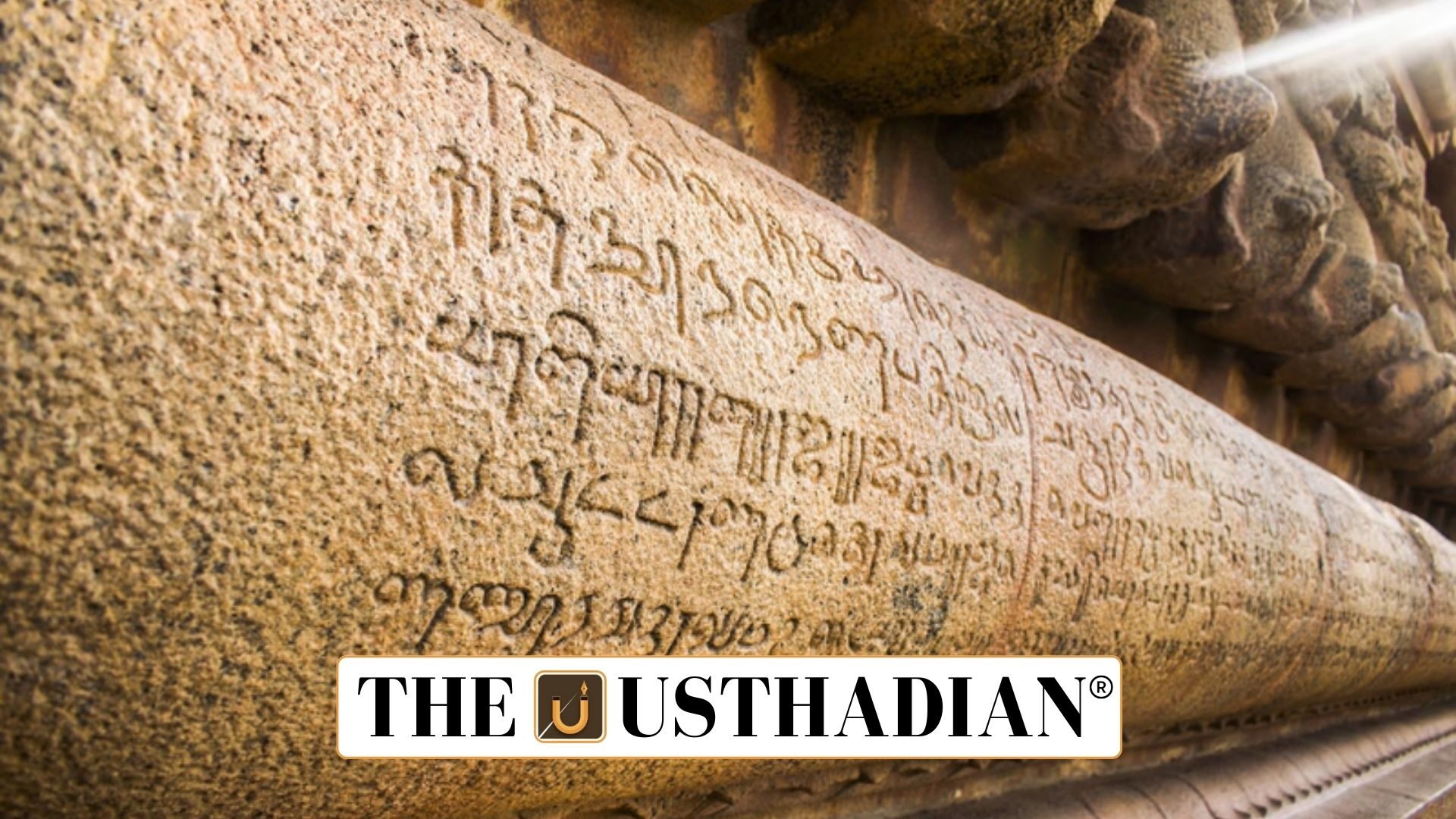Discovery in Karur
Chola Era Inscriptions in Karur: Three Chola-period inscriptions were recently discovered on the Sankaranmalai hillock in Karur district, Tamil Nadu. These inscriptions are dated to the 12th century, during the reign of Kulothunga Chola III (1178–1218 CE). They provide valuable insights into the political, cultural, and social life of the period.
Static GK fact: Karur, located on the banks of the Amaravathi river, was once the capital of the early Chera dynasty before becoming a prominent Chola stronghold.
Content of the Inscriptions
The Tamil inscriptions contain 38 lines describing land donations for the upkeep of a local temple. They mention boundaries of donated lands, wells, and trees, highlighting the agrarian-based economy and the importance of temple-centered administration. Such records also reflect the strong link between the Chola rulers and temple patronage.
Static GK fact: The Chola dynasty is known for its detailed epigraphic records, with over 10,000 inscriptions documented across South India.
Mention of Sculptors
The inscriptions also list the names of sculptors such as Kalingarayan, Kachirayan, and Vizhupathrayan. This underlines the recognition given to artisans and their contributions in medieval South India. Temples were not only religious centers but also hubs of art and architecture, employing skilled sculptors, masons, and craftsmen.
Static GK Tip: The Cholas constructed the famous Brihadeeswarar Temple at Thanjavur, a UNESCO World Heritage site, completed in 1010 CE by Raja Raja Chola I.
Symbolic Carvings
Apart from inscriptions, the site also contains carvings of a bull and human figures. These carvings are believed to predate the Chola period. Some markings hint at ritual practices possibly linked to human sacrifice, though further research is needed for confirmation. Such findings suggest that the hillock may have served as a ritual site even before Chola patronage.
Geographical Context
The site is located in Sithalavai panchayat, Krishnarayapuram taluk, Karur district. Karur has long been a historically significant region due to its position along ancient trade routes and its prominence under multiple dynasties, including the Cheras, Cholas, and later the Nayaks.
Static GK fact: Karur district is also famous for its ancient Sangam Age references, including its mention in early Tamil literature as a thriving trade and cultural hub.
Importance for Historical Research
The discovery of these inscriptions adds to the growing list of Chola-era epigraphical evidence, enhancing our understanding of South Indian history. It provides details about land management, temple economy, artisan contributions, and local traditions, offering scholars a direct glimpse into the life and governance of the Chola empire.
Static Usthadian Current Affairs Table
Chola Era Inscriptions in Karur:
| Topic | Detail |
| Location | Sankaranmalai hillock, Sithalavai panchayat, Karur district |
| Dynasty | Chola dynasty |
| Period | Reign of Kulothunga Chola III (1178–1218 CE) |
| Number of inscriptions | Three |
| Language | Tamil |
| Lines in inscriptions | 38 lines |
| Key details | Land donations, temple maintenance, boundaries, wells, trees |
| Sculptors mentioned | Kalingarayan, Kachirayan, Vizhupathrayan |
| Other carvings | Bull and human figures, ritual markings |
| Historical significance | Evidence of temple economy and medieval art recognition |








